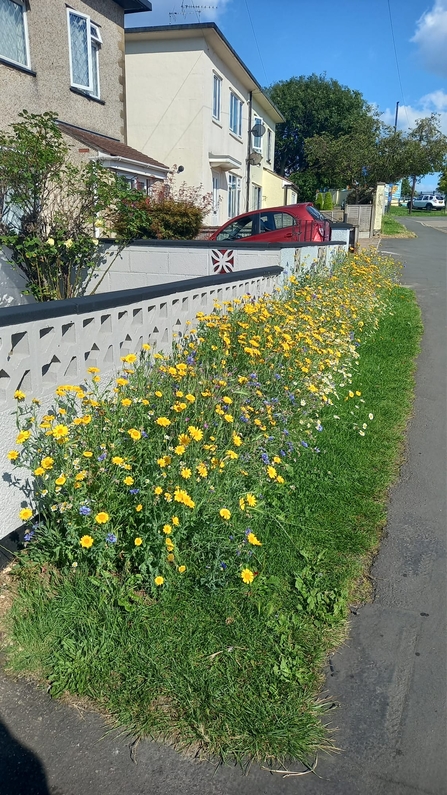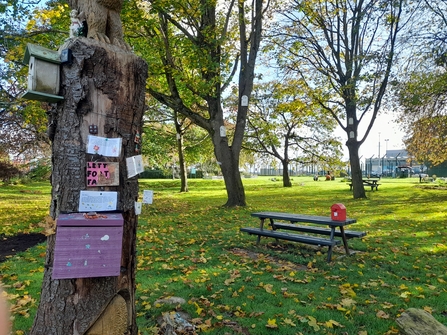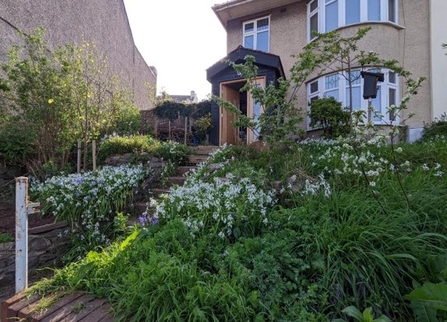Green spaces are becoming more fragmented, isolated by concrete and brick, yet they are more vital than ever for both wildlife and people. The need to protect and connect green spaces of all sizes is essential and urgent for climate resilient communities.
What are green corridors?
Green corridors, also called wildlife corridors or urban green pathways, are stretches of green space that link natural habitats. These connections allow wildlife to move, feed, breed and adapt to climate change such as drought, flooding and extreme weather events.
They can include:
- Nature reserves, parks and woodlands
- Rivers, streams and ponds
- Roadside verges and hedgerows
- Allotments, gardens and green roofs
- Wildflower meadows and containers
- Climbing plants on walls and fences




